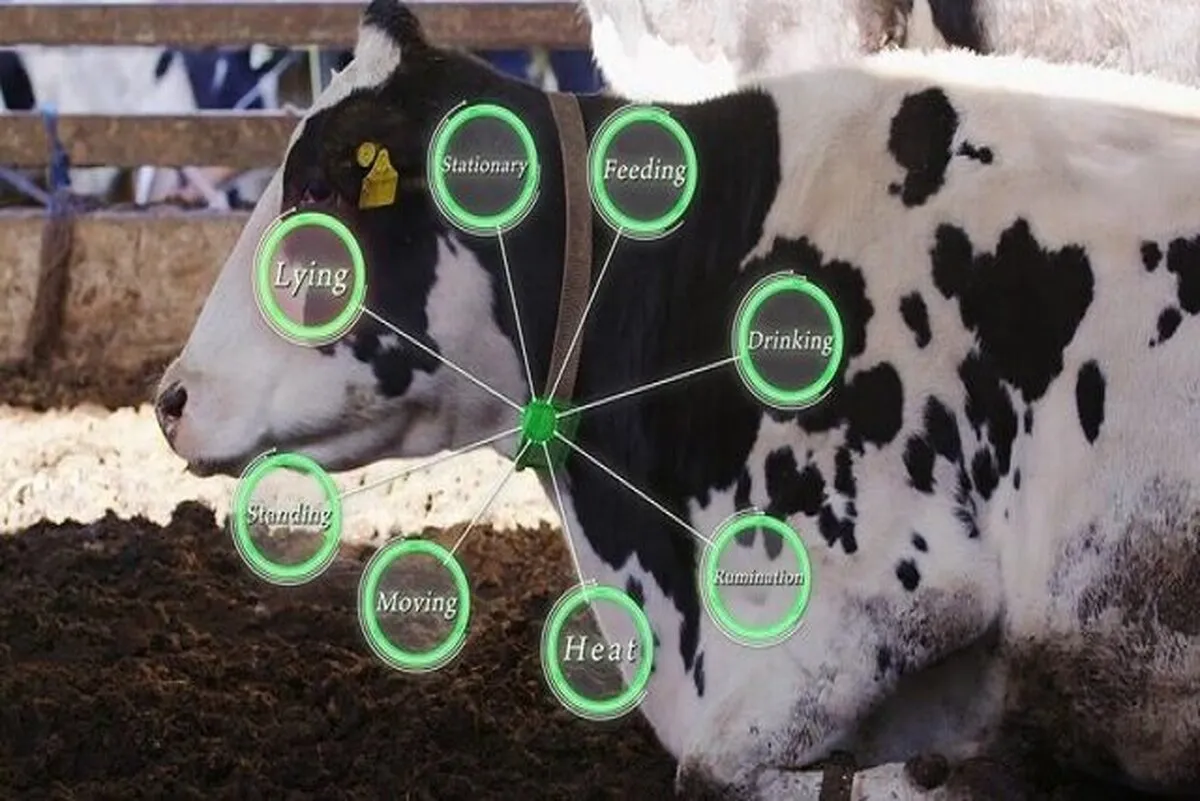Iranian Researchers Produce Ingestible Sensors to Monitor Cattle Health Condition

“One of our products is a sensor that can be swallowed by heavy cattle. This sensor sticks to the animal's rumen after being swallowed,” said Nahal Tabrizi, the director of the technology company in an interview with local Iranian media.
“This sensor sends information such as animal body temperature, estrous time, animal pregnancy, amount of water and feed consumption to the operator from inside the animal's body,” she said.
Tabrizi stated that the bio-sensor operates through a battery and emphasized that the battery can last for five years. “A dairy animal can live for five years and after that the animal is slaughtered. It is possible to reuse this sensor, but we recommend not to.”
“The reader of this sensor is installed at the entrance gate of the animals in their place of storage and it is possible to read the sensor up to a distance of one and a half meters,” she went on to say.
The director of the technology company pointed to injection microchips knows as RFID tags, which are small electronic devices that store information and communicate with other devices using radio waves. RFID tags are used in a variety of applications, from tracking inventory to monitoring the movements of livestock.
Stating that microchips are used for a variety of applications such as identification, she noted, “In this chip, the entire pedigree of the animal can be stored.”
“This microchip is placed under the animal's skin through injection,” the researcher said, adding, “These microchips can also be used for pets, birds and fish.”
“This microchip gives information about the animal's genetics and pedigree,” she added.
"Diagnosing diseases and daily weighing of the cattle are among other applications of these tags," Tabrizi said, adding, “The data obtained from these microchips can be read through S-readers. The tags give information about the amount of milk that the animal produces each day and their daily weight. They identify the genuine species as well.”
4155/i





















